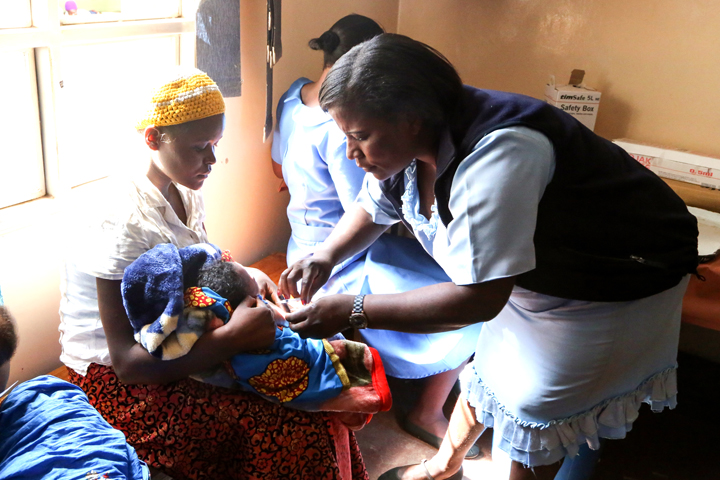Predicting and Planning the Skill Mix of the Health Workforce
Activity
Low- and middle-income countries strive to align the type and number of health workers available with the evolving health care needs of the population. Three transitions drive demand for health care more than any other factors: economic, demographic, and epidemiologic. For example, a country scaling up its antiretroviral treatment (ART) services to meet HIV targets, needs more nurses and support staff to keep up with demand of an increasing number of patients requiring lifelong ART. Similarly, in countries where life expectancy increases, health workers must have the skills to address the needs of an aging population. To avoid serious health worker shortages and mismatch of skills, decision-makers planning and allocating resources for the health workforce of the future need the tools to match health worker availability with population needs — taking these major changes into account.
Through this activity, HRH2030 will:
- Investigate the alignment between current trends in health workforce supply and demand with future population health service needs, particularly when changes in population characteristics, disease patterns, and country economics take place
- Develop a tool that countries can use to evaluate the composition of their health workforce, predict future supply and demand for health workers, and plan as needed
RELATED NEWS AND RESOURCES

Activity Leader:
Eckhard Kleinau, URC
.
Implementing Partners:
ThinkWell
.
Duration:
2017-2018
.
Countries Impacted:
Global
.
Status:
Complete






